Advertisement
53% of participants didn’t need anti-VEGF for six months or longer
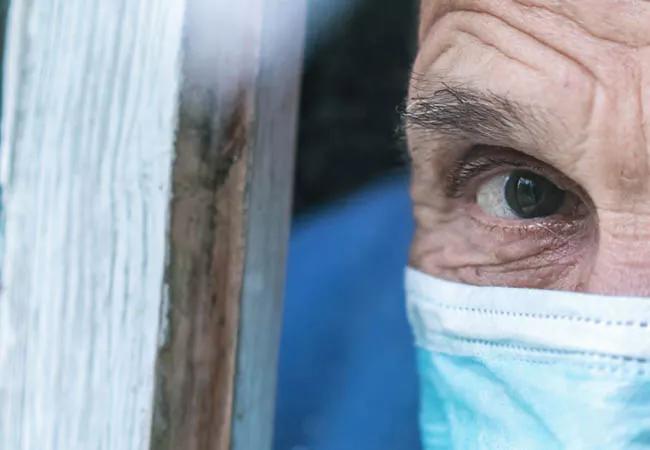
Results of the DAVIO study show promise for patients with neovascular age-related macular degeneration (nAMD). The study investigated EYP-1901, a therapeutic approach that delivers vorolanib, a tyrosine kinase inhibitor, via a bioerodible insert in the vitreous cavity of the eye. Not only did the study find that EYP-1901 caused no serious adverse events, but it also reported a significant decrease in participants’ burden of treatment.
Advertisement
Cleveland Clinic is a non-profit academic medical center. Advertising on our site helps support our mission. We do not endorse non-Cleveland Clinic products or services. Policy
“Standard treatment for nAMD typically involves injection of anti-vascular endothelial growth factor (VEGF),” says retina specialist Rishi P. Singh, MD, of Cleveland Clinic Florida. “Its short-term efficacy translates to a lot of visits, a lot of injections, a lot of time in the office, and a lot of social burden for the patient each year. We’re striving to find more durable treatment technologies and delivery.”
Dr. Singh, also President of Cleveland Clinic Martin North and South hospitals in Stuart, Florida, presented results of the DAVIO study at the 2022 American Society of Retina Specialists conference.
Vorolanib primarily has been studied in cancer, although one study has shown efficacy in macular degeneration. The macular degeneration study, which tested oral administration of the drug, was stopped early due to participants’ systemic side effects.
“While oral vorolanib was interesting to us, the toxicity-related events were the reason we began to pursue intraocular delivery,” says Dr. Singh.
Vorolanib is a VEGF receptor and tyrosine kinase inhibitor, so it affects all isoforms of VEGF as well as tyrosine kinases, “the intracellular activity of the VEGF receptor,” explains Dr. Singh. “By affecting the VEGF pathway, vorolanib decreases the effect of VEGF activity in patients.”
In this 12-month, phase 1, multicenter trial, researchers studied 17 patients with nAMD who had been treated with anti-VEGF therapy a minimum of three times in the previous six months. The median length of time the participants had been diagnosed with wet AMD prior to enrollment in the trial was 17 months. They had received an average of 8 to 8.75 injections within the year prior to the study.
Advertisement
Seven to 10 days after their initial screening and a standard-of-care anti-VEGF injection, each patient received one dose of EYP-1901. Participants were randomized into four treatment groups: low dose (440 μg), low-mid dose (1,030 μg), mid-dose (2,060 μg) and high dose (3,090 μg). There was no redosing of EYP-1901 during the study, though supplemental anti-VEGF therapy was administered to patients who met specific criteria.
Researchers used an injectable, bioerodible implant delivering vorolanib in a sustained format.
“This technology has been around for many years and is currently used for steroid delivery,” says Dr. Singh.
The implant releases its drug through zero-order kinetics, delivering it consistently for weeks or months. EYP-1901 was designed for efficacy of six months or more.
The trial’s primary endpoint was to test the safety of EYP-1901. It showed a favorable safety profile with no significant ocular or drug-related systemic adverse events. One patient experienced mild inflammation, which was treated and resolved. Another had an asymptomatic vitreous hemorrhage related to the injection procedure.
Though the efficacy of EYP-1901 was the study’s secondary endpoint, Dr. Singh says these results were the most exciting.
“The study found that a single injection of EYP-1901 with the standard-of-care anti-VEGF treatment close to the point of entry to the study resulted in 53% of participants going six months — and 35% going the entire year — without a supplemental anti-VEGF treatment,” he says.
At six months, the overall treatment burden for patients in the study was decreased by 79% across all treatment groups. At the end of 12 months, there was still a 74% reduction in overall treatment burden. These results indicate that vorolanib may allow patients to need less frequent drug injections.
“Patients could be able to maintain a good quality of life with improved visual acuity over time,” says Dr. Singh. “This is an opportunity to improve the overall outcome of patients with nAMD, especially those who have a tough time getting their treatments on a regular basis.”
Phase 2 of the DAVIO study is currently enrolling participants.
Advertisement
Advertisement
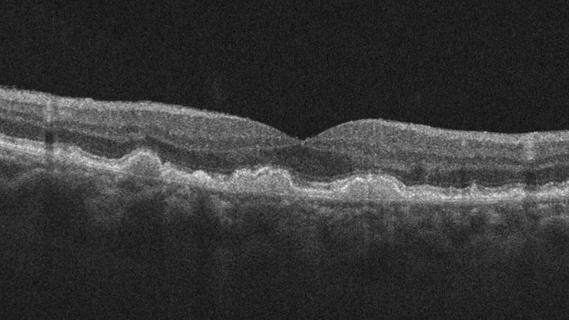
Early data show risk is 73% higher in patients with lupus, 40% higher in patients with rheumatoid arthritis
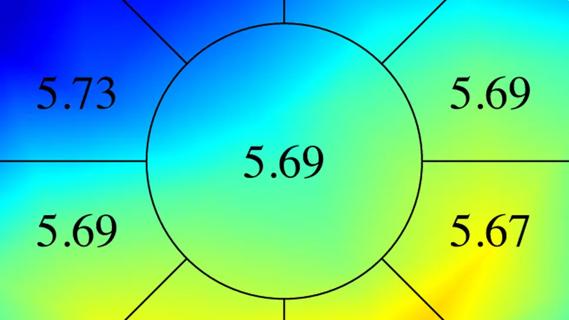
Identifies weak spots in the cornea before shape change occurs

Researchers to study retinal regeneration in zebrafish with new grant from National Eye Institute
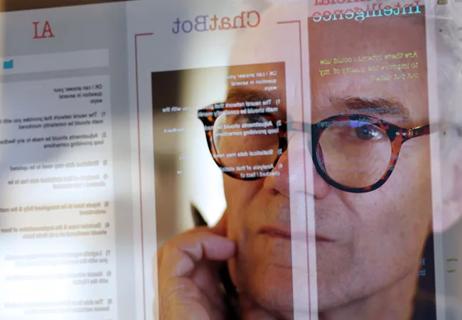
30% of references generated by ChatGPT don’t exist, according to one study
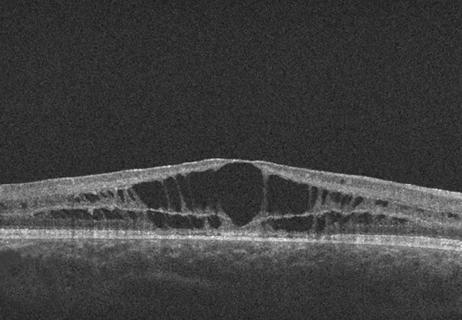
Study followed patients an average of eight years
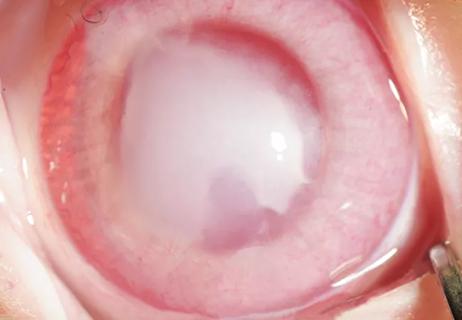
Studies indicate dramatic results when used topically with or without corticosteroids
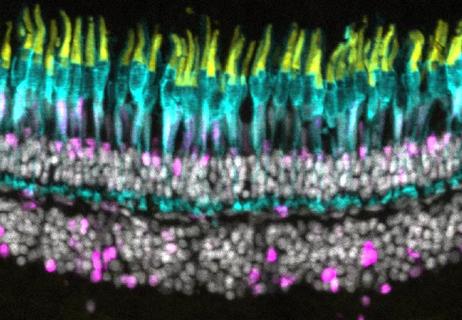
Notch pathway inhibition preserves retinal neurons and promotes regrowth in zebrafish

Patients frequently have problems with depth perception and interocular suppression